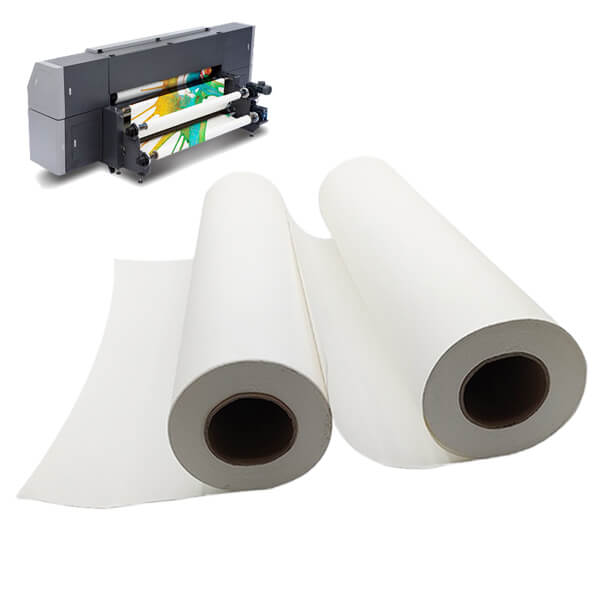
Sublimation paper is one of the most important ingredients in sublimation printing, a method that produces bright, long-lasting, and high-quality prints on a range of materials. From personalising clothes, mugs, and signs, sublimation paper guarantees your prints are smoothly transferred. Here’s how sublimation changes your printing project and best practices to get the most out of it.
1. What Is Sublimation Paper and How Does It Work?
It is made to print sublimation ink onto materials such as polyester cloth or polymer-coated substrates.
- How It Works: When heat and pressure are applied, the ink printed on it converts to gas. This gas seeps into the substrate, forming a permanent attachment.
- Key Features: Sublimation paper retains the ink until it is triggered by the heat press, providing clear and vivid prints without smudge.
This process produces long-lasting prints that resist fading, cracking, or peeling over time.
2. What Are the Advantages of Utilising Sublimation Paper?
It has various benefits for print jobs:
- Vibrant Colors: Creates bright and detailed patterns with high resolution.
- Durability: Puts prints into the material so that they are resistant to wear and tear.
- Versatility: Suitable for printing on a variety of substrates, such as polyester fabrics, ceramics, metals, and plastics.
These advantages make sublimation paper perfect for personalised product creation, such as t-shirts, mugs, or promotional materials.
3. What Is the Proper Way to Choose a Sublimation Paper?
It is essential to choose the appropriate sublimation paper to gain the best outcome:
- Thickness: Thicker sublimation paper is more suited for big prints since it takes more ink and does not bleed.
- Size: Select acceptable paper dimensions for your printer and project measurements.
- Drying Speed: Papers with fast-drying capabilities eliminate smudging during handling.
Always use the same quality of sublimation paper as your printer and ink to ensure consistent results.
4. What Are the Best Practices for Using Sublimation Paper?
Use these tips to achieve perfect transfers:
- Mirror Your Design: Always mirror your design horizontally before printing to guarantee the correct orientation on the substrate.
- Secure Placement: Secure the sublimation paper in position using heat-resistant tape during pressing to prevent ghosting or misalignment.
- Heat Press Settings: Modify temperature (375°F–400°F) and time (25–40 seconds) according to the substrate material.
Sharp, precise transfers are guaranteed with proper handling.
5. Can Sublimation Paper Be Used on All Materials?
Sublimation printing is most effective on particular materials:
- Polyester Fabrics: Best suited for clothing because they can permanently absorb sublimation dyes.
- Polymer-Coated Surfaces: Appropriate for materials such as mugs, phone covers, and signage.
Do not use sublimation paper on cotton or uncoated materials since they are unable to adhere to sublimation inks well.
6. How Does Sublimation Paper Differ from Other Transfer Methods?
Sublimation paper differs from other printing methods:
- In contrast to vinyl transfers or screen printing, sublimation infuses the ink into the substrate instead of applying it on the surface.
- This creates smoother finishes that are more resistant to fading and longer-lasting.
- Sublimation is usually the better option for projects needing durable prints with strong colours.
Begin discovering the world of sublimation printing today your ideas are worth no less!
Sublimation paper is a valuable asset for producing quality, vibrant, and long-lasting prints. Understanding its functionality, selecting the right paper type, and observing the best practices during printing allows you to take your projects to the professional level. From personalising clothing to producing distinctive promotional products, sublimation paper provides accuracy and durability in each print.






